Tech 10: Making 'Software-Defined' A Reality
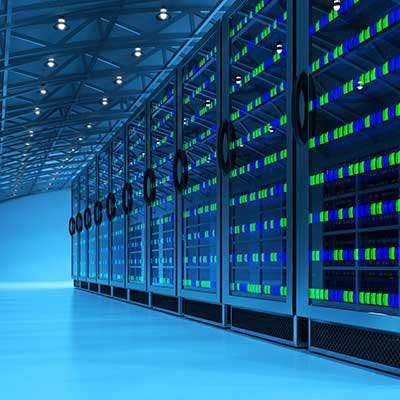
Getting Ready For the Software-defined Data Center
Building a software-defined data center is not easy. There are none available for purchase. Indeed, the idea combining software with commodity hardware to replicate the compute, storage, networking, and other vital functions of the modern data center may not yet be even possible.
However, that is not stopping vendors and channel partners from trying to build data center infrastructures offering the flexibility of a cloud. All the parts needed to build a software-defined data center are available, and some of them have even been tested to work with each other. The truth remains, though, that the building of such data center infrastructures is still very much a work in progress.
CRN is offering for your reading pleasure a list of 10 companies and their solutions which represent the kind of partners solution providers can turn to for help in starting to build software-defined data centers.
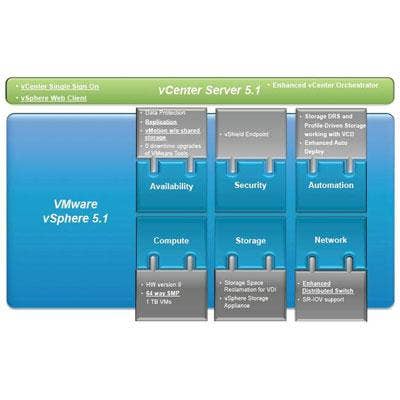
VMware vSphere, NSX and VSAN
VMware has developed the most complete software stack for building data centers out of commodity hardware with software. That software stack includes the vSphere server virtualization platform, the NSX software-defined networking solution, and the Virtual SAN, or VSAN, software-defined storage platform. Solution providers can use any VMware offering independently, combine them, or add other VMware applications and tools that provide extended capabilities for better management of IT infrastructures or for extending those infrastructures to the cloud.
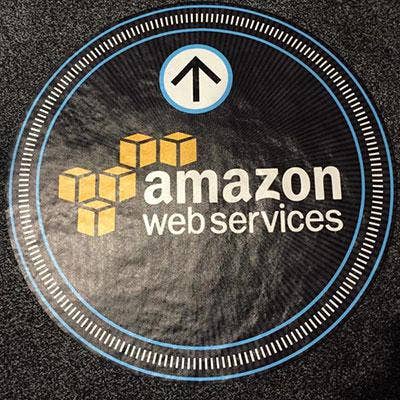
Amazon Web Services
While VMware presents all the parts to build a software-defined data center, AWS shows what one looks like. AWS makes all the software-defined compute, storage and networking resources available separately or together for use by customers for as long as they are needed. When a task is finished, those resources go back into the AWS pool where they are available for the next application or customer that needs them.
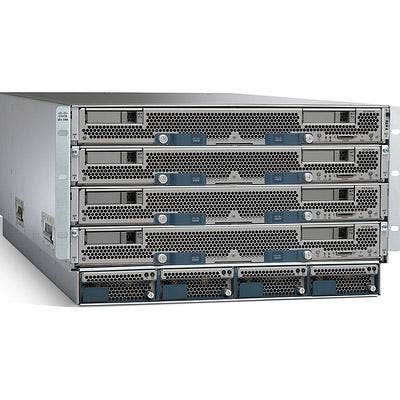
Cisco UCS
Cisco UCS has proven to be one of the most virtualization-friendly server platforms, particularly with its integration with Cisco networking technology. Cisco UCS is one of the top server platforms for running VMware's software-defined data center applications, and is a top choice for customers and solution providers looking for a server to work with both physical and software-defined storage from the widest range of potential vendors.
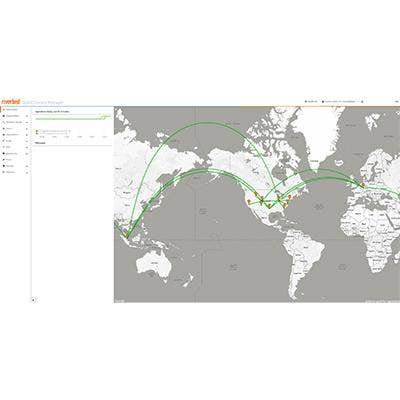
Riverbed SteelConnect
Riverbed's SteelConnect software-defined wide area network, or SD-WAN, helps customers develop a single networking fabric spanning the WAN, remote LAN or cloud environments with automatic application orchestration, centralized management and integrated security as it drives workloads down network paths determined by business policies.
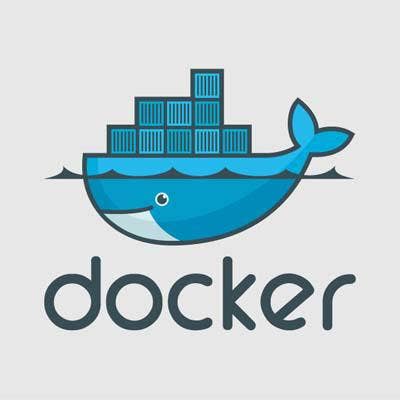
Docker Containers
Once a workload is built for a software-defined data center infrastructure, it should be free to move to wherever it best fits regardless of the underlying hardware or software. That is what Docker and its container technology provides. With Docker containers, an application is wrapped in a complete file system with everything needed to run it including the application, runtime and system tools, system libraries and anything that needs to be installed on a server. This ensures the application runs the same regardless of its environment.
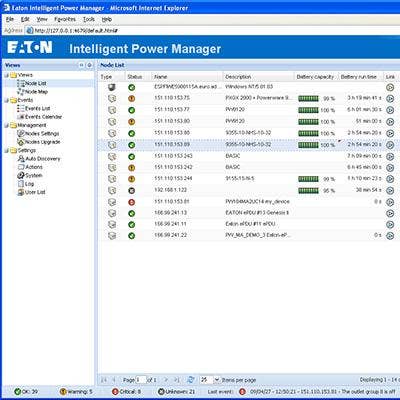
Eaton Intelligent Power Manager
Eaton is showing how old-school data center technology can be brought into the software data center with its Intelligent Power Manager software. Eaton's Intelligent Power Manager software integrates with VMware vRealize Operations to view andmanage power and equipment including UPSes and power distribution units to give businesses analytics to help with power capacity planning and workload placement.
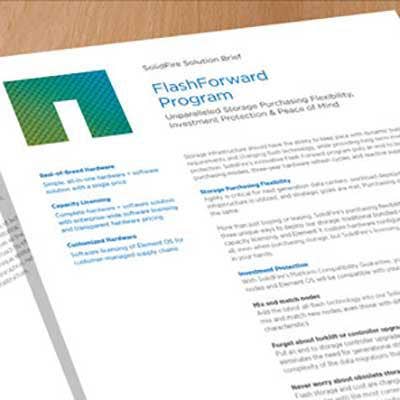
NetApp SolidFire Perpetual Software Licensing
NetApp's new SolidFire business has raised the bar on the storage part of the software-defined data center with its new FlashForward Capacity licensing program that tears apart the software and hardware of all-flash storage arrays by pricing them separately to give customers flexibility in how they want to deploy their storage. FlashForward Capacity licensing allows customers with large and fast-growing data stores to acquire the software and hardware separately.
Intel Processors
The ability of the software needed to provide data center functionality independent of the underlying hardware depends very much on having a powerful underlying hardware platform. Intel is developing what it calls the Software Defined Infrastructure as a way to provide new architectures to be driven by workload, business flow and application requirements. But for now, evermore-powerful processors remain Intel's key contribution to the software-defined data center.
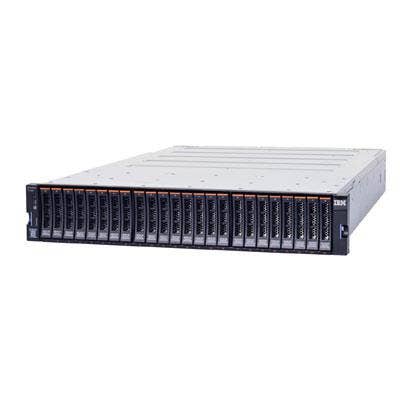
IBM Spectrum
IBM's software-defined infrastructure platform is based on two solutions. IBM Spectrum Computing offers customers intelligent workloads and policy-driven resource management to help optimize resources from application software licenses to available network bandwidth from data centers to the cloud. IBM Spectrum Storage offers a variety of applications to leverage hybrid cloud storage and data protection for analytics based on the company's storage solutions.
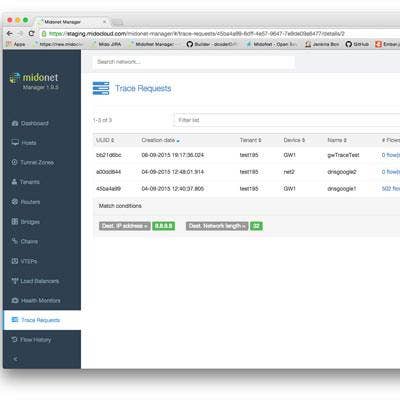
Midokura Enterprise MidoNet
The Midokura Enterprise MidoNet is a scalable network virtualization solution for IaaS clouds. The latest release offers a network virtualization overlay solution for connectivity between multisite OpenStack clouds to help provide disaster recovery without the need for constant backup procedures. Also included is integration with container orchestration engines including Kubernetes and Docker Swarm to increase network agility.